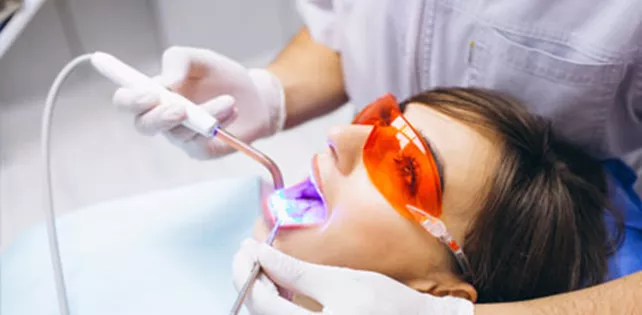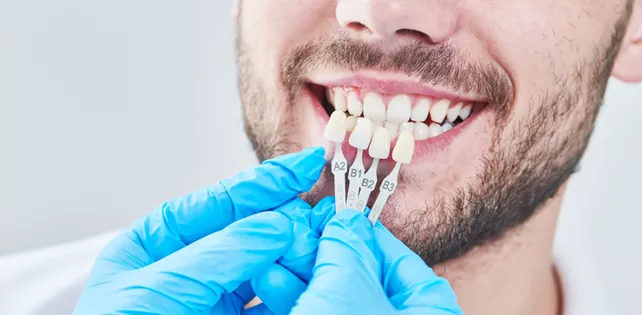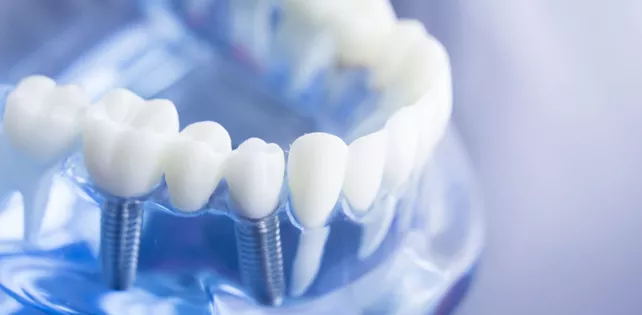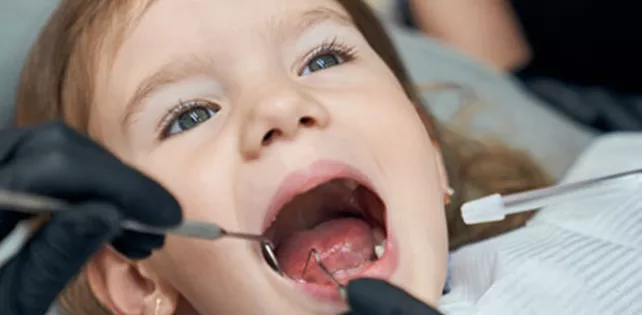Does Tartar Cleaning Damage Teeth? Facts, Risks, and Benefits
Tartar cleaning, often referred to as dental scaling, is an essential dental hygiene procedure performed by professionals to remove hardened plaque deposits from teeth. While this treatment is vital for preventing gum disease and maintaining oral health, many patients worry: Does tartar cleaning damage teeth? This article dives deep into this question, exploring how tartar cleaning works, whether it poses risks to tooth enamel, common side effects, benefits, and how to care for your teeth before and after the procedure.
What Is Tartar and Why Does It Need to Be Removed?
To understand tartar cleaning and its effects on teeth, we first need to understand what tartar is. Tartar, also known as dental calculus, is mineralized plaque that forms when dental plaque is not adequately removed through brushing and flossing. Plaque is a sticky film of bacteria and food particles that constantly accumulates on teeth.
When plaque remains on teeth for 24 to 72 hours, minerals in saliva harden it into tartar. Unlike plaque, tartar is hard and firmly bonded to tooth surfaces, especially near the gum line and between teeth. This hardened deposit can only be removed by professional dental cleaning.
Tartar buildup can lead to gum inflammation (gingivitis), gum disease (periodontitis), bad breath, and tooth decay. Therefore, removing tartar is crucial for preventing these problems and preserving dental health.
How Is Tartar Cleaning Performed?
Tartar cleaning involves removing both supragingival (above the gum line) and subgingival (below the gum line) tartar. The procedure is commonly performed by a dental hygienist or dentist using specialized tools. The two primary techniques include:
Ultrasonic Scaling
Ultrasonic scalers use high-frequency vibrations to break up tartar deposits. These devices also spray water to wash away debris and keep the area cool. Ultrasonic scaling is fast and effective for removing large amounts of tartar and is usually the first step in the cleaning process.
Hand Scaling
Hand scalers are manual instruments used to carefully scrape tartar off tooth surfaces. After ultrasonic scaling, dentists use these tools to remove any remaining tartar, especially in tight spaces and below the gum line.
Polishing
After tartar removal, the teeth are polished with a gritty paste to smooth surfaces, making it harder for plaque to accumulate again.
Does Tartar Cleaning Damage Teeth? Myth vs. Reality
This question is common among patients who fear that the cleaning process might harm their tooth enamel or cause other dental problems. The short answer is: When performed properly by trained professionals, tartar cleaning does not damage teeth.
Here's why:
1. Professional Care Minimizes Risk
Dental professionals are trained to differentiate between tartar deposits and tooth enamel. Their tools are designed to target only the hardened tartar without scraping or damaging healthy tooth surfaces. The goal is to remove harmful buildup while preserving tooth integrity.
2. Tooth Enamel Is Very Hard
Enamel is the hardest substance in the human body. While tartar is bonded to enamel, it is distinct and can be removed with scaling instruments without harming the underlying enamel when done correctly.
3. Temporary Sensitivity Is Normal, Not Damage
Some patients experience mild tooth sensitivity or gum discomfort after cleaning. This sensation results from the removal of protective tartar layers that may have covered sensitive spots, or from minor gum inflammation, but it does not mean permanent damage.
Potential Risks of Tartar Cleaning
Although tartar cleaning is generally safe, some risks exist, especially when performed improperly or too aggressively:
- Enamel Abrasion: Excessive force or poor technique can wear away enamel, although this is rare with modern ultrasonic and manual scalers.
- Gum Irritation or Recession: Vigorous scraping can irritate gums, potentially leading to recession or sensitivity.
- Temporary Sensitivity: Teeth may feel sensitive to temperature changes or pressure for a few days after cleaning.
- Bleeding and Soreness: Gums might bleed slightly, especially if inflamed before cleaning.
When Is Tartar Cleaning Necessary?
Tartar cleaning is recommended when:
- You have visible tartar buildup that cannot be removed by regular brushing.
- Signs of gum inflammation, bleeding, or bad breath appear.
- Routine dental check-ups indicate plaque and tartar accumulation.
- Periodontal disease is diagnosed or suspected.
How Often Should You Get Tartar Cleaning?
Most dental professionals recommend getting a professional cleaning every six months. However, some people with higher risk factors like smoking, diabetes, or gum disease might need more frequent cleanings every 3-4 months.
Benefits of Regular Tartar Cleaning
Regular tartar removal offers many advantages beyond just cleaner teeth:
- Prevention of Gum Disease: Removing tartar helps prevent gingivitis and periodontitis, which can lead to tooth loss if untreated.
- Fresher Breath: Eliminates odor-causing bacteria and debris.
- Protects Tooth Structure: Prevents cavities by removing bacterial plaque buildup.
- Improves Aesthetics: Polishing removes stains, enhancing your smile.
- Supports Overall Health: Good oral health is linked to lower risks of heart disease, stroke, and diabetes complications.
How to Care for Your Teeth Before and After Tartar Cleaning
Before Cleaning
- Maintain regular brushing and flossing to reduce plaque buildup.
- Avoid eating immediately before the appointment to keep the mouth clean.
- Inform your dentist about any dental sensitivities or concerns.
After Cleaning
- Expect mild sensitivity or gum soreness—this usually lasts 1-3 days.
- Avoid very hot, cold, or acidic foods for a day or two if sensitivity occurs.
- Maintain good oral hygiene with gentle brushing and flossing.
- Use fluoride toothpaste and mouthwash to strengthen enamel.
- Report any prolonged pain, bleeding, or discomfort to your dentist.
Myths About Tartar Cleaning
There are several misconceptions that might discourage people from getting professional cleanings:
- Myth: “Tartar cleaning damages teeth permanently.”
Fact: When done properly, it is safe and necessary for oral health. - Myth: “Cleaning makes teeth sensitive forever.”
Fact: Sensitivity is usually temporary and improves quickly. - Myth: “I don’t need cleaning if I brush well.”
Fact: Tartar cannot be removed by brushing alone once hardened.
What Happens If You Don’t Remove Tartar?
Neglecting tartar removal can lead to severe oral health problems:
- Gum Disease: Plaque and tartar irritate gums causing inflammation, bleeding, and infection.
- Tooth Decay: Bacteria in tartar produce acids that erode enamel.
- Bad Breath: Accumulated bacteria cause persistent halitosis.
- Tooth Loss: Advanced gum disease can destroy supporting bone, leading to tooth loss.
- Systemic Health Risks: Chronic oral infections link to heart disease, diabetes, and respiratory problems.
Frequently Asked Questions (FAQs)
Does tartar cleaning hurt?
Most people experience minimal discomfort during cleaning. Mild sensitivity or gum soreness afterward is normal but temporary.
Can I remove tartar at home?
No, tartar is hardened plaque that requires professional tools for removal. Home remedies cannot effectively remove tartar.
How long does tartar cleaning take?
Typically, a cleaning session lasts 30 to 60 minutes depending on the amount of tartar and gum health.
Is tartar cleaning covered by insurance?
Many dental insurance plans cover routine cleanings, but it’s best to check your specific policy.











